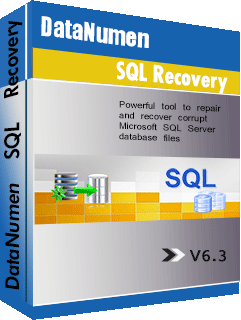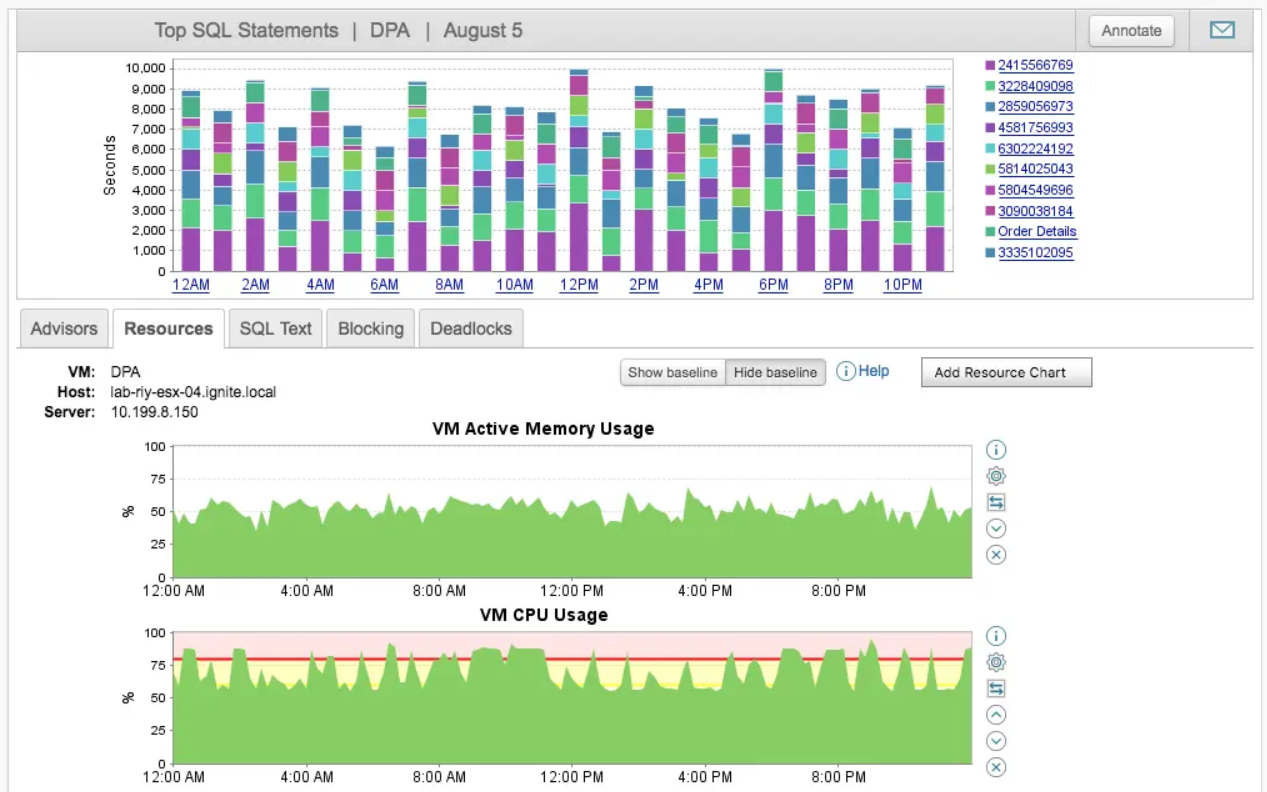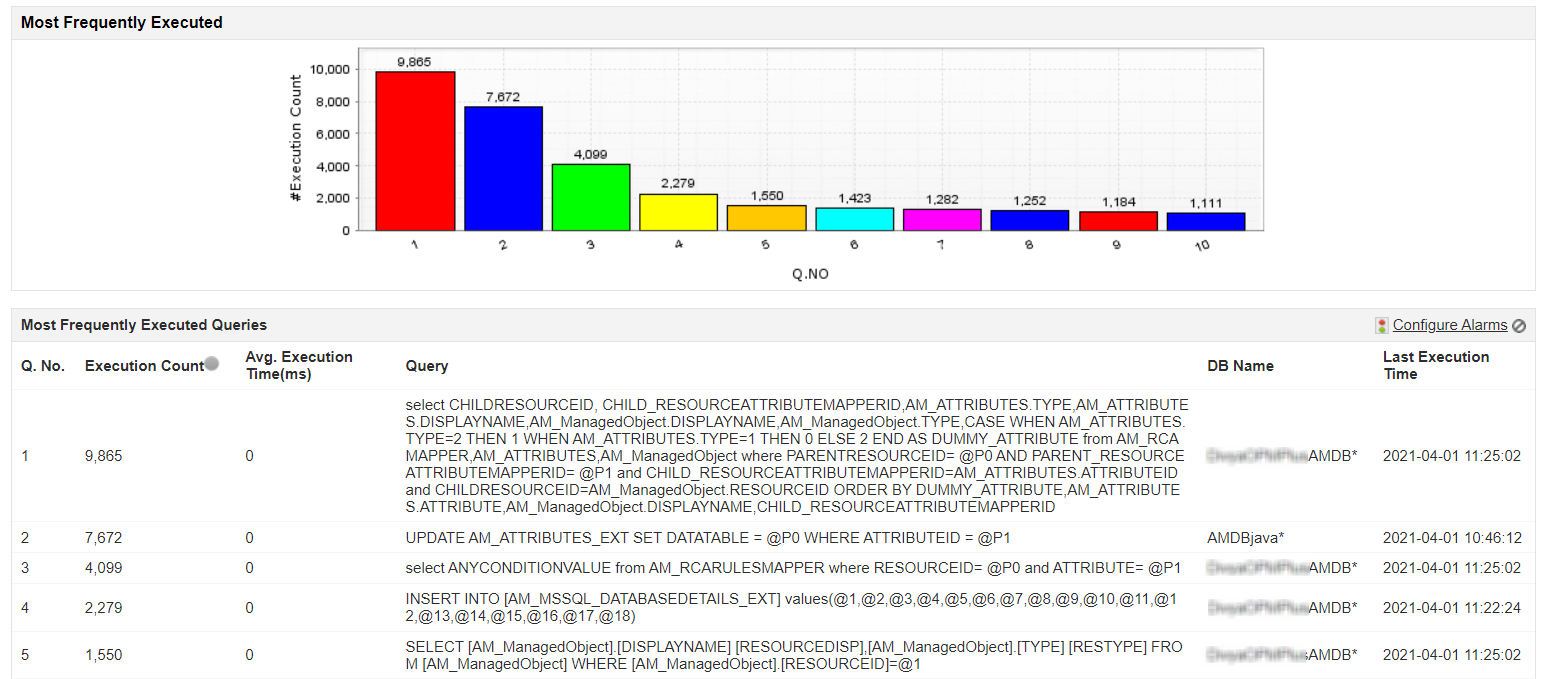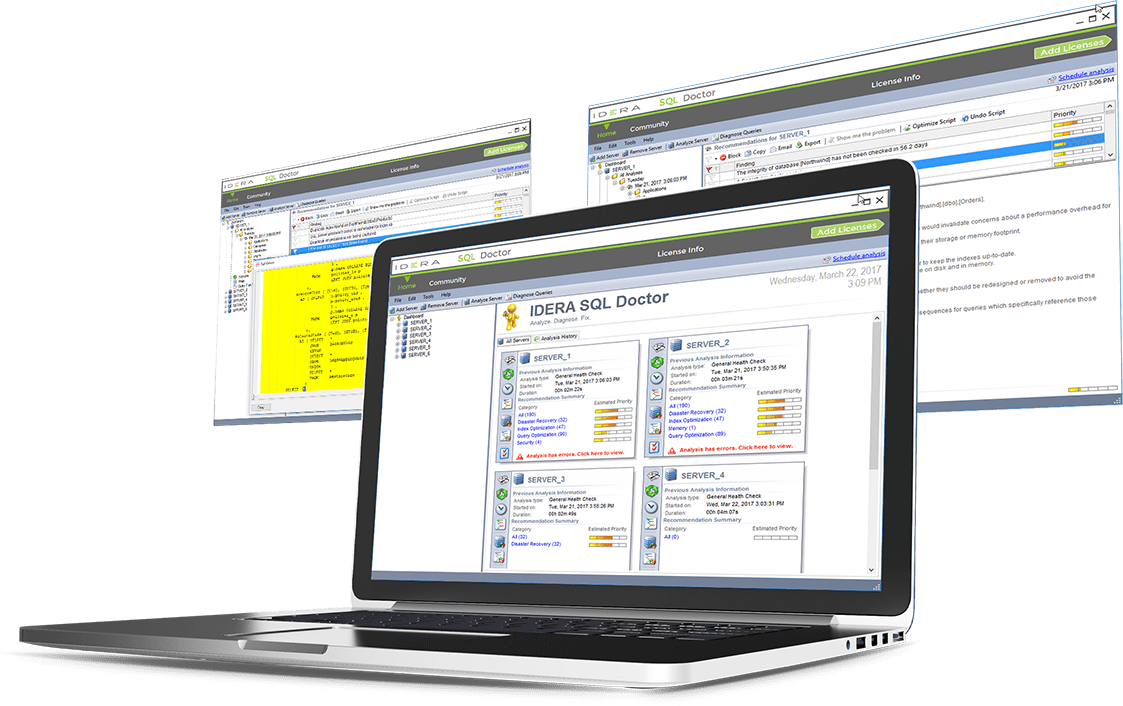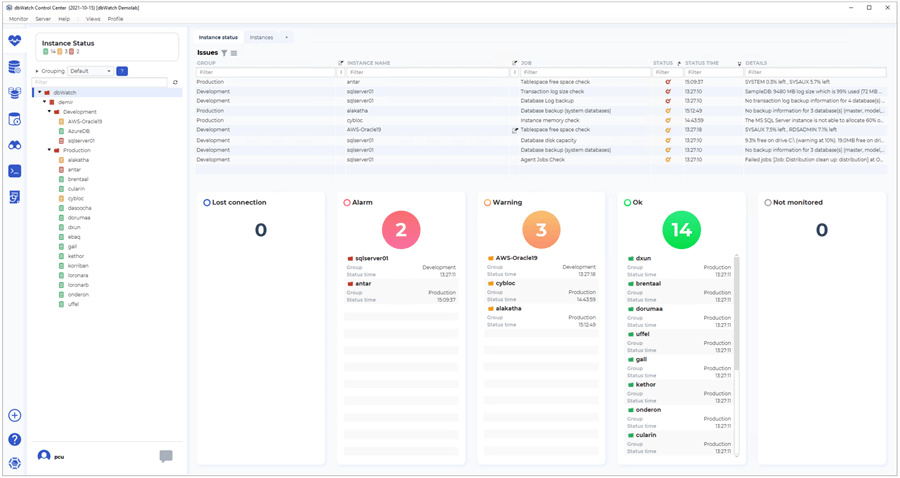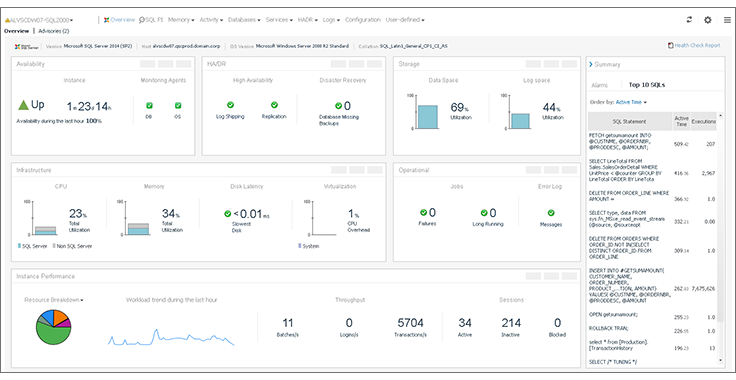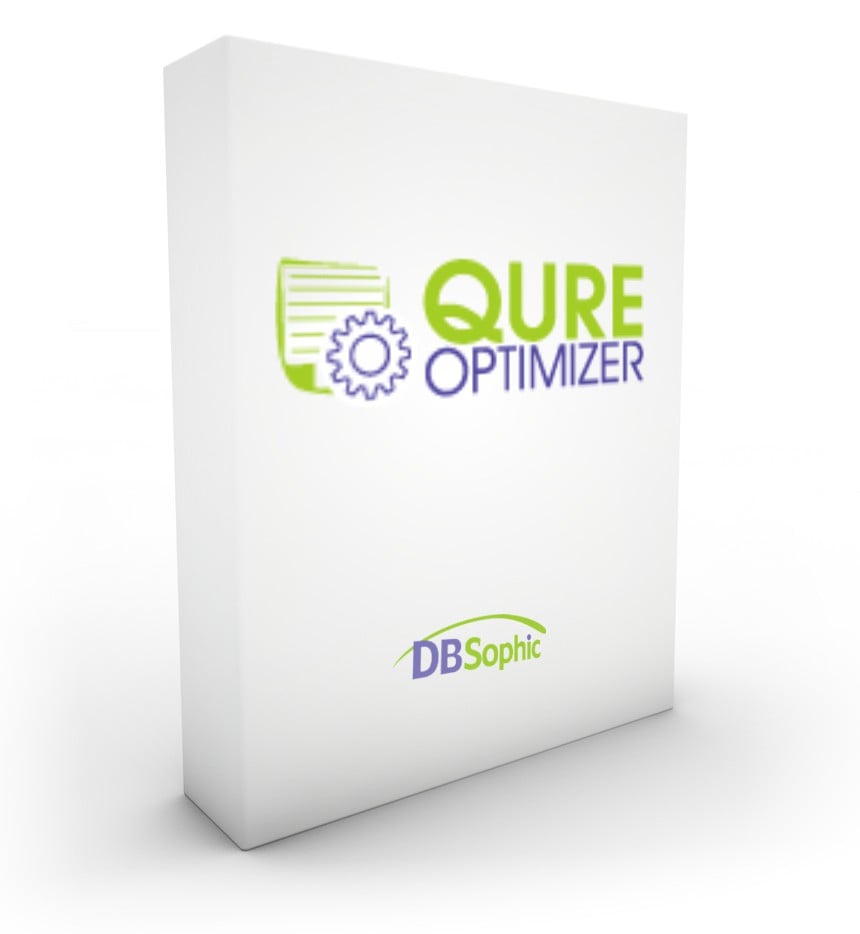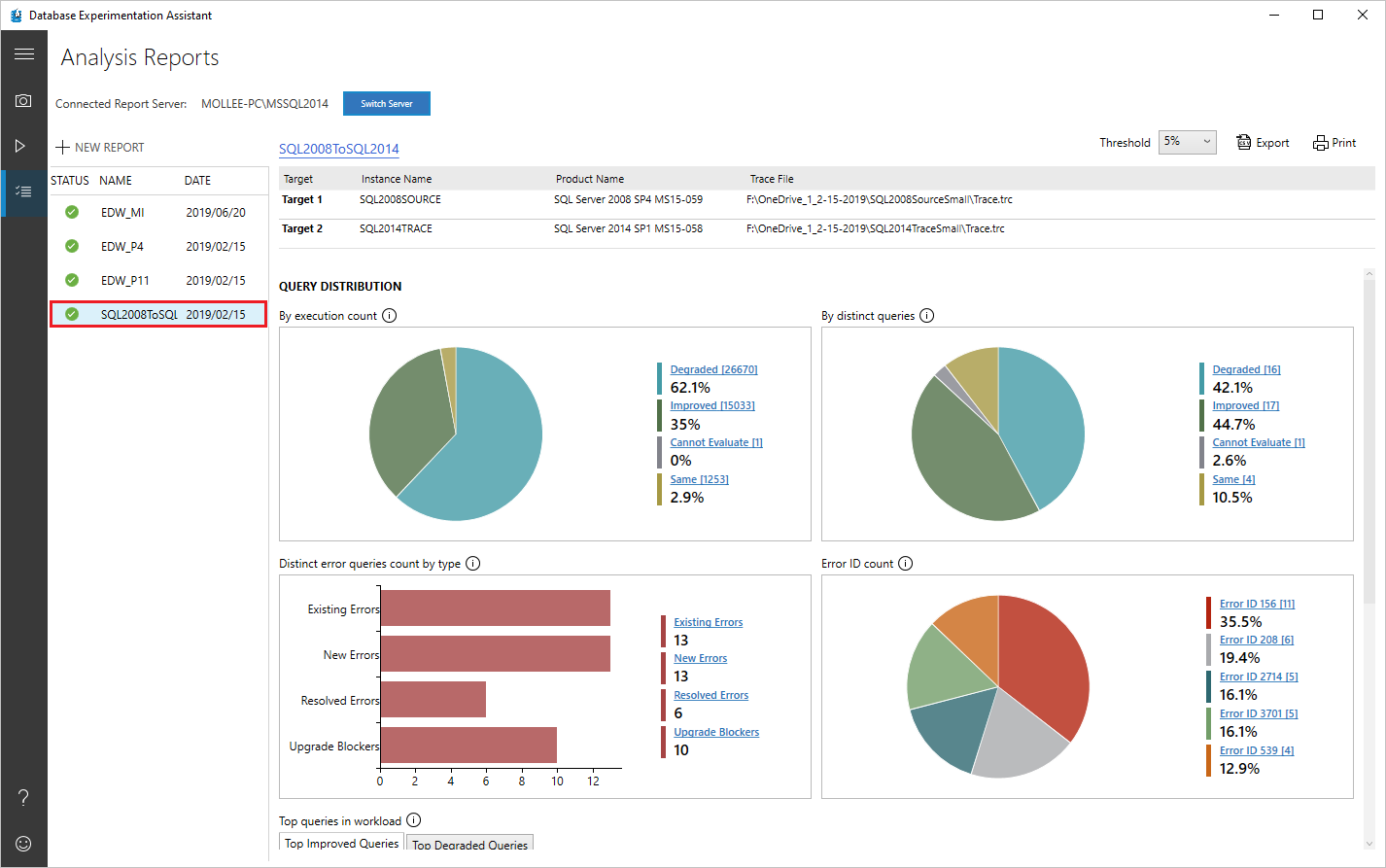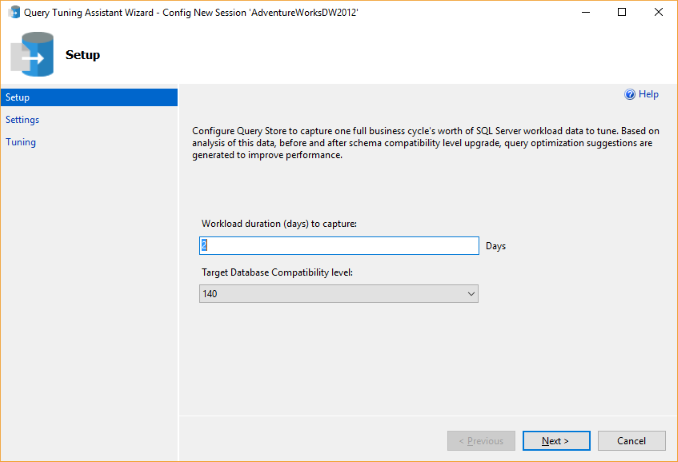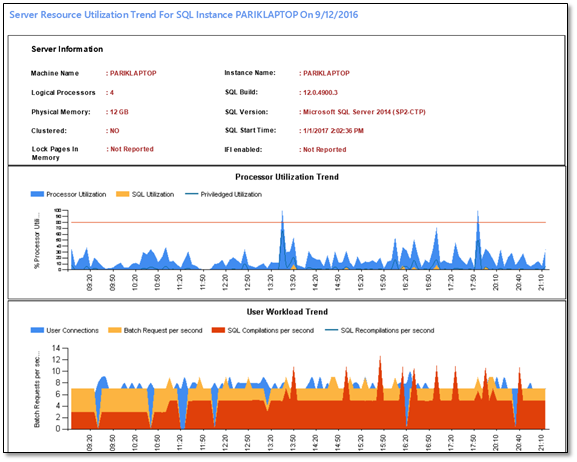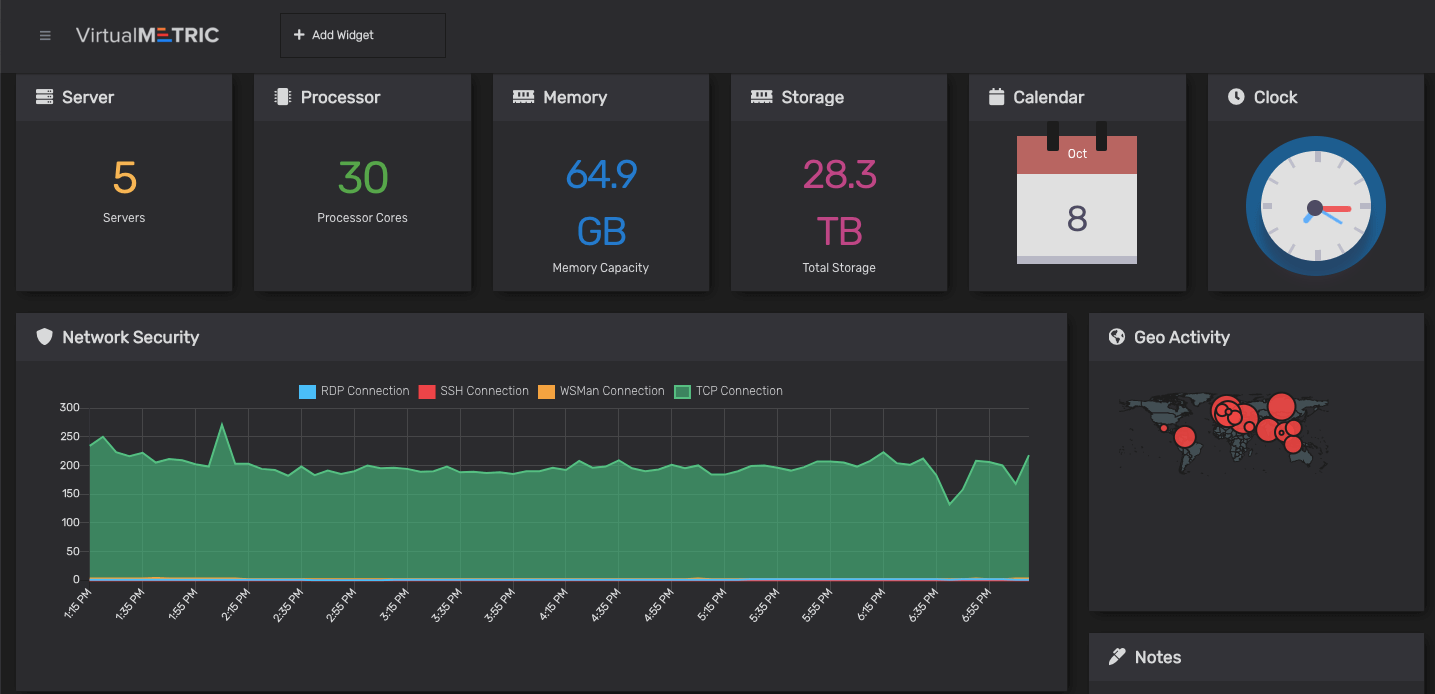1. Introduction
Optimizing the performance of Microsoft SQL Server databases is crucial for every organization that heavily relies on large databases. Inefficient databases can lead to delayed data retrieval, reduced productivity, and a plethora of other issues that can negatively impact a business. Therefore, there is a growing need for proficient tools that help in optimizing the performance of such databases. These tools, often known as MS SQL Performance Tuning Tools, allow database administrators to monitor, manage, and optimize their databases quickly and efficiently.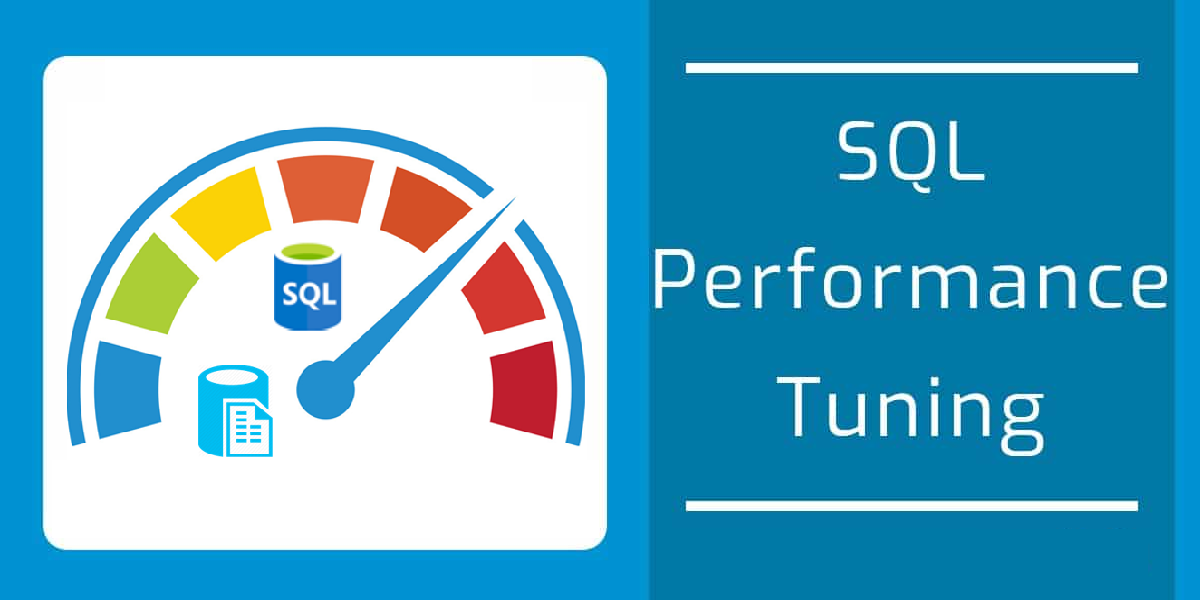
1.1 Importance of MS SQL Performance Tuning Tools
MS SQL Performance Tuning Tools are designed to identify potential issues and bottlenecks that can slow down your databases. These tools provide actionable insights and recommendations to improve the performance of your databases. From identifying slow-running queries to detecting database locks, these tools provide a comprehensive overview of the database’s health and performance. Additionally, they offer proactive database monitoring solutions, sending alerts to administrators about potential problems before they escalate into more significant issues. Whether it’s resource utilization, query performance, index usage, or database configuration, these tools provide extensive metrics and data to help database administrators make informed decisions.
1.2 SQL Server Repair Tool
Besides performance tuning, an SQL Server repair tool is also very important to DBAs. DataNumen SQL Recovery is the top option:
1.3 Objectives of this Comparison
The primary aim of this comparison is to present an unbiased and comprehensive overview of some of the leading MS SQL Performance Tuning Tools available in the market. This comparison would evaluate each tool based on a variety of factors like usability, features, pricing, and more. By doing so, we hope to assist businesses and database administrators in choosing the right tool that fits their needs and requirements.
2. SolarWinds SQL Server Performance Tuning Tool
SolarWinds SQL Server Performance Tuning Tool is a well-established tool known for its in-depth efficiency in assessing the performance of MS SQL Server databases. It utilizes an in-built “Wait Time Analysis” strategy that prioritizes resources and identifies problems instantly. The tool is designed to provide performance insights in real-time and offers a range of features for in-depth analysis, such as SQL text, query plan, blocking SQL, and deadlock information, among others.
2.1 Pros
- 24/7 Monitoring: Offers around-the-clock monitoring of SQL server databases, ensuring timely detection and resolution of performance issues.
- Real-time Insights: Provides real-time performance insights that help in proactive management of databases.
- User-friendly Interface: Comes with an intuitive and user-friendly interface that allows effortless navigation and operation, even for those without extensive database administration experience.
- Comprehensive Reports: Generates detailed and insightful reports, facilitating a thorough understanding of a database’s operational aspects and its overall performance.
2.2 Cons
- Complex Installation: Some users have reported that the installation process can be somewhat complex and time consuming due to its vast number of features.
- Expensive License: The licensing cost for SolarWinds SQL Server Performance Tuning Tool can be high, making it less accessible for small businesses or start-ups.
3. ManageEngine SQL Server Performance Tuning Tool
ManageEngine SQL Server Performance Tuning Tool is a comprehensive database monitoring tool designed to optimize SQL servers and run them at peak efficiency. The tool provides exhaustive insights into database performance and helps administrators keep track of potential issues before they affect the server’s operation. Additionally, it offers real-time monitoring, performance diagnosis and SQL query tuning facilities to ensure optimal database performance.
3.1 Pros
- Detailed Performance Metrics: Provides extensive metrics offering a complete view of the SQL Server’s performance.
- Real-time Monitoring: Supports monitoring in real-time to allow administrators to take immediate action on performance issues.
- Predictive Analytics: Comes with a capacity planning feature, which makes use of predictive analysis to foresee future database performance issues and capacity needs.
- User-friendly Interface: Provides an easy-to-use dashboard that gives a graphical representation of performance metrics.
3.2 Cons
- Setup Challenges: Some users might find the setup process to be quite intricate and cumbersome.
- Customer Support: Some users have voiced concerns about the efficiency and responsiveness of the customer support team.
4. Idera SQL Performance Suite
Idera SQL Performance Suite is a robust and effective performance tuning solution designed specifically for MS SQL Servers. It consists of four distinct tools, namely SQL Diagnostic Manager, SQL Inventory Manager, SQL Query Tuner, and SQL Defrag Manager, each offering unique capabilities. Together, they provide a 360-degree view of the server’s performance, capacity management, and query optimization, among other critical facets.
4.1 Pros
- Comprehensive Suite: Offers multiple tools within the suite, making it a more comprehensive solution for managing SQL Server performance efficiently.
- Alerts and Notifications: Provides intelligent alerts based on performance thresholds, helping administrators stay on top of potential issues before they affect the system’s performance.
- Advanced Query Tuning: Includes advanced query tuning feature, utilizing artificial intelligence to analyze SQL code performance.
- Extensive Compatibility: Supports virtually all versions of SQL Server, making it viable for businesses that use different server versions.
4.2 Cons
- Complex User-Interface: The user interface can be quite complex, especially for beginners, due to the intricate functionality it provides.
- Higher Resource Consumption: Some users have reported that it can be resource-heavy, potentially slowing down your system’s performance.
5. dbWatch Control Center
dbWatch Control Center is a comprehensive database management and monitoring tool suitable for critical and complex IT environments. The tool provides performance monitoring, diagnostics, and optimization for a wide range of databases, including SQL Server. It’s structured to scale from a couple of databases to thousands, allowing it to adapt to rapidly changing, dynamic, and expanding environments.
5.1 Pros
- Scalable Solution: Provides the capacity to monitor from just a few databases to thousands, making it highly adaptable to varying business sizes and needs.
- Support for Various Databases: It supports a wide array of databases, including MS SQL, Oracle, MySQL and PostgreSQL, providing greater flexibility.
- Comprehensive Monitoring: Offers detailed performance metrics and alerts that help identify issues and bottlenecks swiftly.
- Efficient Diagnostics: Features intelligent diagnostics that help in identifying problems and performing subsequent optimizations efficiently.
5.2 Cons
- User Interface: Some users find the interface less intuitive and a bit cluttered, which might make navigation a bit challenging.
- Learning Curve: There’s a notable learning curve associated with this tool due to its wide array of features and functionalities.
6. Quest – Foglight for SQL Server
Quest – Foglight for SQL Server is a remarkable database performance management tool that offers comprehensive capabilities for managing, monitoring and optimizing SQL Server environments. It provides users with a holistic view of their database environment, helping them detect, diagnose and resolve SQL Server performance issues swiftly. Furthermore, it offers cross-platform database support, making it a versatile choice.
6.1 Pros
- Exceptional Diagnostics: It possesses advanced diagnostic capabilities which help identify and resolve performance issues quickly.
- Workload Analysis: It offers an in-depth workload analysis feature which helps in understanding database load and its impact on performance.
- Cross-platform support: Supports multiple database platforms, giving it an edge for businesses with diverse database environments.
- Efficient Alert system: Its alert management system is highly efficient, with the ability to establish custom notification rules.
6.2 Cons
- Complex Interface: The user interface can be somewhat complex, especially to users who are new to database management tools.
- Reporting System: It’s reporting mechanism can be improved. Some users have reported it to be less intuitive and flexible in terms of customization.
7. Qure Optimizer SQL Server Tuning Solution
Qure Optimizer is a performance tuning software developed by DBSophic. This tool stands out due to its focus on optimizing SQL Server workloads. It specializes in analyzing and optimizing large-scale SQL Server databases, assisting in identifying the causes of performance issues and offering detailed recommendations for their resolution.
7.1 Pros
- Workload-focused Optimization: Provides comprehensive optimization suggestions based on an in-depth analysis of database workload.
- Priority-based Recommendations: The tool provides recommendations prioritizing them based on the impact they’d have on performance, allowing quick resolution of critical issues.
- Conflict Detection: It can detect conflicts between recommendations, which helps in avoiding problems that could occur due to overlapping solutions.
- Performance Forecast: Generates a forecast of how the applied recommendations would impact performance.
7.2 Cons
- Limited Database Support: The tool is specific to SQL Server, therefore, it may not be suitable for environments with multiple database systems.
- Lack of Real-Time Monitoring: It does not offer real-time performance monitoring, which is often desired in large database environments.
8. Database Experimentation Assistant (DEA)
Database Experimentation Assistant (DEA) is a tool directly from Microsoft that assists SQL Server administrators by making it easier to conduct A/B testing in the SQL Server environment. This tool is best used for testing and comparing different versions of SQL Server, assessing the impact of a SQL Server upgrade, or for evaluating workload compatibility with a new SQL Server version.
8.1 Pros
- Assured Compatibility: Since DEA is a Microsoft product, its compatibility is assured with SQL server.
- A/B Testing: Provides powerful A/B testing capabilities to help understand the impact of changes before they are deployed.
- Upgrade Assessment: Helps in assessing the effects of upgrading SQL Server, thus guiding decision-making and upgrade strategies.
- Cost-effectiveness: As a free tool, it’s an excellent choice for budget-conscious businesses.
8.2 Cons
- Limited Features: DEA has a more limited feature set compared to some other SQL performance tuning tools, which means it might not cover all your needs.
- Compatibility Limitations: DEA only supports certain versions of SQL Server, limiting its usability for those using other versions.
9. Query Tuning Assistant (QTA)
Query Tuning Assistant (QTA) is another tool from Microsoft that specializes in database performance tuning. It helps administrators in adapting their databases to the latest compatibility level after an upgrade of SQL Server. It aims to facilitate the process of upgrading databases with minimum disruptions while ensuring optimal performance.
9.1 Pros
- Seamless Upgrade: Supports smooth progression of databases to the latest compatibility levels following upgrades.
- Comprehensive Analysis: Provides comprehensive workload analysis to detect compatibility concerns prior to a database upgrade.
- Tuning Recommendations: Offers tuning recommendations to maximize query and overall database performance.
- Integration: QTA is integrated with SQL Server Management Studio, making it easy to manage.
9.2 Cons
- Specific Focus: QTA has a specific focus on query tuning and compatibility following upgrades, limiting its utilization in other database performance tuning situations.
- Learning Curve: As with any technical tool, there might be a learning curve involved in understanding and using QTA effectively.
10. Performance Dashboard SQL Server Management Studio
Performance Dashboard for SQL Server Management Studio (SSMS) is a reporting tool integrated within SSMS. It provides a set of performance metrics, reports, and graphs to track the overall health and performance of a SQL Server database. It is designed to be a one-stop solution for database administrators to assess and resolve common performance issues.
10.1 Pros
- Integrated Solution: As a feature integrated within SSMS, it offers a convenient and cohesive user experience.
- Ease of Use: Provides a simple and intuitive interface, making it user-friendly even for those with basic database administration knowledge.
- Comprehensive Reporting: Offers comprehensive reports and graphs that provide a holistic view of the database’s health.
- Real-time Monitoring: Allows real-time monitoring of database performance, supporting immediate problem detection and resolution.
10.2 Cons
- Limited Customization: The tool offers limited customization options, which may not meet some users’ specific needs.
- Narrow Scope: This tool’s scope is confined to monitoring and reporting, and it lacks advanced tuning features found in more specialized performance tuning tools.
11. VirtualMetric SQL Server Performance Monitoring
VirtualMetric SQL Server Performance Monitoring is a full-stack monitoring solution that provides database administrators with detailed analysis and live statistics about their SQL Server’s performance. The tool monitors the SQL Server events and performance counters, and coupled with its advanced alerting system, it facilitates proactive problem resolution, thus reducing downtimes and improving system performance.
11.1 Pros
- Comprehensive Monitoring: Offers complete end-to-end monitoring and analysis of SQL server performance.
- Advanced Alerting: Its alerting system notifies administrators of any unusual activity or flagging performance in real-time.
- Reporting and Dashboard: Provides a range of pre-defined and customizable reports along with a user-friendly dashboard for monitoring purposes.
- Live Statistics: Keeps admins informed with up-to-date live statistics on SQL Server performance.
11.2 Cons
- Setup Complexity: Setting up the tool can be complex, requiring a strong understanding of SQL Server databases.
- Technical Support: Some users have reported the need for improvement in the quality and responsiveness of the technical support.
12. Summary
12.1 Overall Comparison Table
| Tool | Features | Ease of Use | Price | Customer Support |
|---|---|---|---|---|
| SolarWinds SQL Server Performance Tuning Tool | Real-time insights, comprehensive reports | High | Expensive | Good |
| ManageEngine SQL Server Performance Tuning Tool | Detailed Performance Metrics, real-time monitoring | High | Medium | Average |
| Idera SQL Performance Suite | Multiple tools for performance management, alerts system | Medium | High | Good |
| dbWatch Control Center | Scalable, supports various databases | Medium | Medium | Good |
| Quest – Foglight for SQL Server | Excellent Diagnostics, workload analysis | Medium | High | Good |
| Qure Optimizer SQL Server Tuning Solution | Workload-focused optimization, performance forecast | High | Low | Good |
| Database Experimentation Assistant (DEA) | A/B testing, upgrade assessment | High | Free | N/A |
| Query Tuning Assistant (QTA) | Seamless upgrade, comprehensive workload analysis | Medium | N/A | N/A |
| Performance Dashboard SQL Server Management Studio | Integrated Solution, reporting, real-time monitoring | High | N/A | N/A |
| VirtualMetric SQL Server Performance Monitoring | Comprehensive Monitoring, Advanced Alerting | Medium | N/A | Good |
12.2 Recommended Tool Based on Various Needs
While all the tools evaluated are excellent in their own way, the decision ultimately depends on individual business requirements. For instance, if you are looking for an integrated solution that offers comprehensive monitoring with real-time alerts, SolarWinds SQL Server Performance Tuning Tool or VirtualMetric SQL Server Performance Monitoring would be a great choice. In contrast, if you are preparing for a SQL Server upgrade, the DEA or QTA would be more suited to your needs. Similarly, if the cost is a significant determining factor, you might want to consider using the DEA, which is a free tool from Microsoft.
13. Conclusion
13.1 Final Thoughts and Takeaways for Choosing an MS SQL Performance Tuning Tool
In conclusion, choosing the right SQL performance tuning tool is highly dependent on the specific requirements of your business. Various factors come into play, such as the complexity of your database, the size of your organization, affordability, and the technical capabilities of your team.
While each tool listed in this comparison has its own unique set of strengths and weaknesses, they share the common aim of optimizing your SQL Server’s performance. Some tools offer extensive features and thus are more expensive, while others offer a simpler, more budget-friendly alternative.
It’s crucial to consider not just a tool’s features but also whether it aligns with your organizational needs and goals. Finally, keep in mind that technical support and ease of use are also very important factors. Even the most feature-rich tool won’t be beneficial if you and your team find it difficult to use or if the tool’s technical support is lacking.
Author Introduction:
Vera Chen is a data recovery expert in DataNumen, which provides a wide range of products, including product to recover DWG files.
